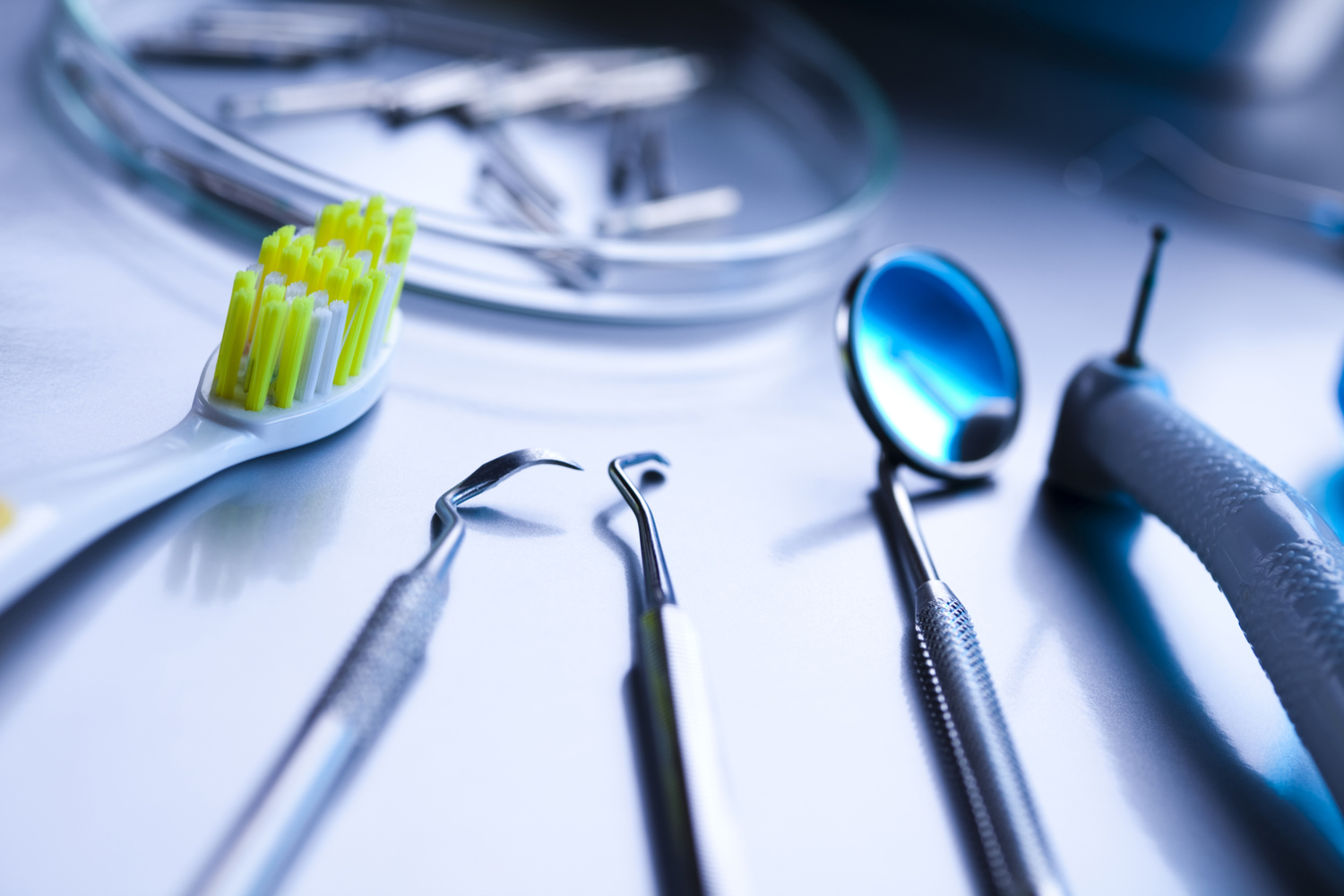Frequently, headaches, facial or neck pain can be traced to what is called Temporomandibular Joint Dysfunction or “TMJ”.
Actually, this condition should be thought of as a problem within the entire chewing system, not just the jaw joint. TMJ dysfunction may be caused by misalignment of the jaws where they hinge, or by disharmony between teeth and jaws. If the joint is painful, or tends to click or catch, this could be an early warning sign.
Other symptoms may be muscle pain, or limitation of jaw movements. There are often other symptoms that the patient does not detect. These could include any or all of the following: tooth wear, receding gums, notching of the teeth at the gum line, and adverse bony changes within the joint.
Treatment can reduce or eliminate the possibility of further damage.When a patient reports to us with signs and symptoms of TMJ dysfunction we will first do an evaluation, including history and clinical examination. If we think we can help, we will likely order further diagnostic data such as dental molds mounted on an articulator and 3D images of the jaw joints(CBCT). This high tech imaging process is like a cat scan with a fraction of the cost and radiation exposure. With this process we can obtain multiple, high quality views of the jaw joints in all three planes of space.
Once all the needed data has been collected, we study it to arrive at a diagnosis and treatment options. At a subsequent appointment, we explain all aspects of your case and help you decide what course of action is best for you.
Treatment for TMJ dysfunction usually involves Splint therapy. The splint is a very effective appliance that is custom made for each individual. We will adjust the splint as needed to reduce painful symptoms and stabilize the entire chewing system.
Splint Therapy
Before treatment with braces, splint therapy may be performed for diagnostic purposes to evaluate jaw position and joint status. When the teeth fit, the joints are not fully seated in most patients, though the degree of displacement varies from patient to patient. Splint therapy helps find out how much the jaw will deviate when the joints are optimally seated (stabilized). The occlusion changes with orthodontic treatment. Splint therapy allows us to see how the patient with disc displacement or TMD reacts to the occlusal change prior to orthodontic tooth movement.
Major discrepancies in the joints, including bony changes, may occur in children. There are many children with disc displacement before orthodontic treatment. Starting orthodontic treatment immediately may worsen their joint status. It is therefore necessary to check if they can withstand occlusal changes with orthodontic treatment.


